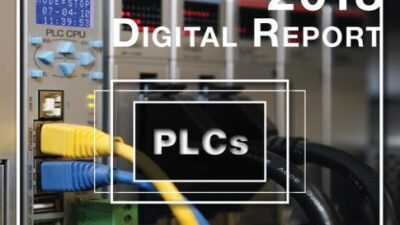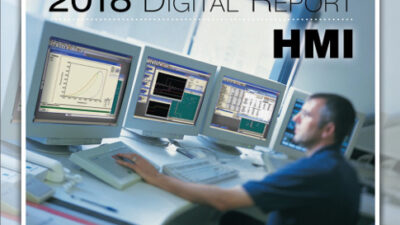Dedham, MA—The worldwide market for DCS systems including hardware, software, and services is expected to grow 2.5% per year from $9.1 billion in 2002 to more than $10.3 billion in 2007, according to a new study, “DCS Worldwide Market Outlook and Forecast: 2002-2007,” released July 8 by ARC Advisory Group.
Dedham, MA— The worldwide market for DCS systems including hardware, software, and services is expected to grow 2.5% per year from $9.1 billion in 2002 to more than $10.3 billion in 2007, according to a new study titled, “ DCS Worldwide Market Outlook and Forecast: 2002-2007 ,” released July 8 by ARC Advisory Group . ARC adds that it has scaled down its projections for growth in the DCS market since its previous study.
“Our analysis shows that the market declined by more than 2% between 2001 and 2002,” says Larry O’Brien, ARC’s research director and study author. “Persistent and global economic weakness with limited capital spending in the process industries will result in the market growing less than 1% between 2002 and 2003. Growth through 2007 will improve, so that the average annual rate for the study forecast period is 2.%.”
Demand-side doldrums
The study also found that demand-side lethargy will likely delay recovery. Demand-side indicators for manufacturing remain weak in both North America and Europe. U.S. industrial production declined overall by 0.5% and U.S. manufacturing output also decreased by 0.2% in March of 2003. Capacity utilization is a key indicator for spending trends in automation.
Likewise, U.S. capacity utilization remains well below the 80% usually required for manufacturers to move into expansion mode. Capacity utilization for total U.S. industry actually decreased by half a percent to 74.8% in 1Q03, compared to the same period a year earlier.
ARC reports that economists in Europe are cutting their growth figures for the European Union from 1.8% to 1% in the 12-nation Euro-Zone. Europe’s manufacturing capacity utilization remains essentially flat. Industrial production in Europe was increasing following flat results in 4Q02.
In addition, the situation in key vertical industry segments remains largely unchanged. For example, traditional process-intense industries, such as refining, petrochemical, power, steel, and pulp and paper continue to suffer. The pharmaceutical industry remains the highest growth industry in the process and hybrid segment, driven largely by 21 CFR Part 11 compliance issues. Food and beverage, upstream oil and gas, and water and waste are also growth segments.
Migration becomes crucial
ARC adds that, at some point, users must choose to upgrade existing control systems or migrate to new ones. Sometimes, upgrades are not possible because the system has been phased out altogether, or the installed system is based on an outdated architecture. ARC says it believes in migrating to a new system when the old one keeps users from taking advantage of a new business opportunity or presents the imminent threat of unscheduled downtime.
However, control system replacement is hard to justify. Usually, lower total cost of ownership (TCO) and better ease-of-use don’t justify replacement. At best, users get a 25% cut in annual TCO, which is less than 2% of replacement cost. While the downtime threat of the existing system can be a major factor in the decision to migrate, the migration process can also interrupt process operations and is a major pain point for users seekingi to migrate.
Meanwhile, the market for process control systems has changed. Most DCSs used to be sold for new installations in heavy process industries, such as refining, petrochemicals, power, and pulp and paper. Today, reduced capital spending, a depressed economy, and more focus on getting more out of existing assets means that most systems sold are for replacement applications.
Control Engineering Daily News Desk
Jim Montague, news editor
[email protected]



